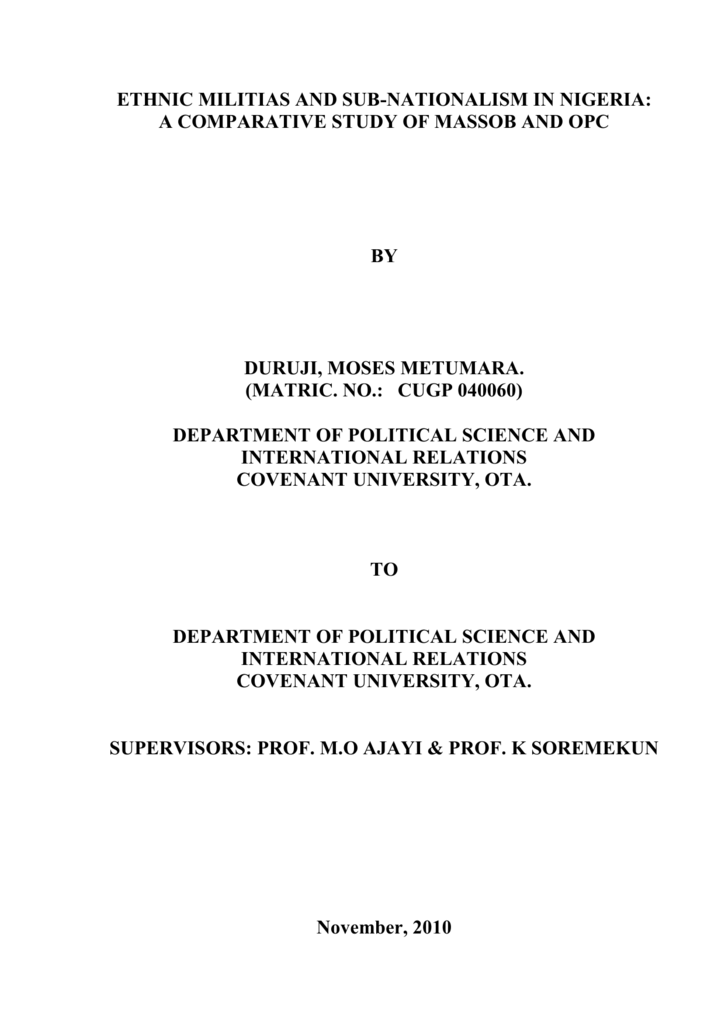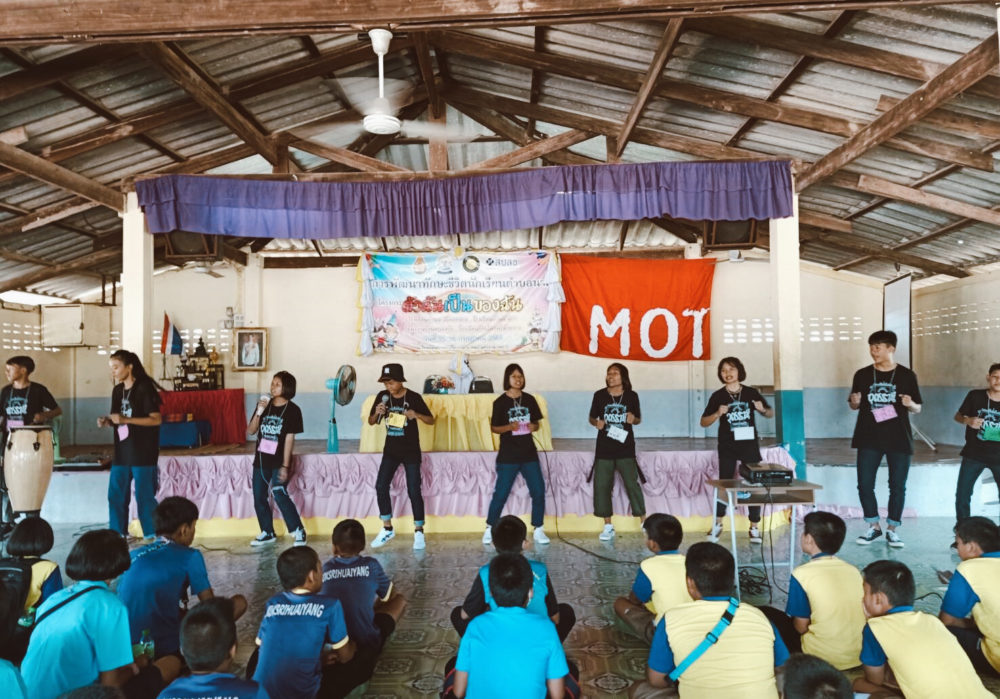
It is contended by the defendant that one of their partner's name is Mac Mathew and that word Mac and Mc are common names in India, such as McDowell's, Mac System, Mac Charles India Ltd., Mac Fab Engineering, Mac Industries Ltd., Mac Met India (P) Ltd., Mac Millan India Ltd., Mac Millan Computers Ltd., Mac Tolls, etc. Parler, an alternative to Twitter, has been targeted by Apple, Google and Amazon in ways that make its continued existence nearly impossible. These actions reflect the typical take-it-or-leave-it. Academia.edu is a platform for academics to share research papers. 'Macs use an ultra-modern industry standard technology called EFI to handle booting. Sadly, Windows XP, and even Vista, are stuck in the 1980s with old-fashioned BIOS. But with Boot Camp, the Mac can operate smoothly in both centuries.' TWO recent events bring to mind the place of non-state actors in influencing major political events in modern nations. Non-state actors are individuals or groups that are entirely or substantially.

Macs are the only computers that allow you to run Mac OS X Lion Server (or any OS X flavor) along with Windows and Linux. Virtual machines on non-Apple PCs can’t run Mac OS X. Apple doesn’t permit running Mac OS X on non-Apple hardware in its user license agreement, so the virtualization software makers don’t enable it.

Imagine a Mac running two virtual machines — Lion Server and Windows 7. Both are running on a Mac OS X host. In each virtual machine window, you can control that operating system as you normally would run applications, configure settings, and access the Internet.
When the virtual machine is a server, users on the network access it as they would any other server. If multiple virtual machines run on a server Mac, the users see each as a separate server.
Windows 7 and Lion Server running in virtual machines in Snow Leopard.
For the latest news, tips, and troubleshooting information about running virtual machines on Macs, visit MacWindows.
With virtualization, there’s a host operating system (OS) and one or more guest OSes. The host OS (for instance, Mac OS X or Mac OS X Server) boots the real computer. On a Mac, a guest OS can be Mac OS X, Windows, Linux, or Unix.
Each guest OS runs in a virtual machine, which is a kind of a virtual reality for the guest OS. The guest OS thinks it’s running on a real computer. Although real hardware’s behind the scenes, the guest OS doesn’t have direct control over the hard drive, graphics, and other hardware: These pieces of hardware are virtualized in the virtual machine.
For example, a virtual machine’s hard drive (the boot drive) is actually a file on the host Mac. This file can be dozens of gigabytes, containing the complete guest operating system and its applications, settings, and documents.
The virtual hard drive file is stored on the Mac’s real hard drive, but the guest OS doesn’t control the entire drive. The virtualization software creates the virtual machine and keeps the guest OS believing that it’s living in a real computer — kind of like The Matrix, but without Keanu Reeves.


Another type of virtualization software runs directly on “bare metal,” which means it doesn’t use a host OS. To picture it, remove the Mac OS X host and the Mac applications. Eliminating the host OS decreases the complexity and uses less RAM and processing power.
01.political Organizationsmr. Mac's Virtual Existence Software
IB Biology > Topic 3: Genetics > 3.4 Inheritance3.1 Genes3.2 Chromosomes3.3 Meiosis3.4 Inheritance3.5 Genetic Modification & Biotechnology - The inheritance of genes follows patterns.
- Mendel discovered the principles of inheritance with experiments in which large numbers of pea plants were crossed.
- Gametes are haploid so contain only one allele of each gene.
- The two alleles of each gene separate into different haploid daughter nuclei during meiosis.
- Fusion of gametes results in diploid zygotes with two alleles of each gene that may be the same allele or different alleles.
- Dominant alleles mask the effects of recessive alleles but co-dominant alleles have joint effects.
- Many genetic diseases in humans are due to recessive alleles of autosomal genes, although some genetic diseases are due to dominant or co-dominant alleles.
- Some genetic diseases are sex-linked. The pattern of inheritance is different with sex-linked genes due to their location on sex chromosomes.
- Many genetic diseases have been identified in humans but most are very rare.
- Radiation and mutagenic chemicals increase the mutation rate and can cause genetic diseases and cancer.
- Inheritance of ABO blood groups.
- Red-green color blindness and hemophilia as examples of sex-linked inheritance.
- Inheritance of cystic fibrosis and Huntington's disease.
- Consequences of radiation after nuclear bombing of Hiroshima and accident at Chernobyl.
- Construction of Punnett grids for predicting the outcomes of monohybrid genetic crosses (Virtual Lab - McGraw-Hill).
- Comparison of predicted and actual outcomes of genetic crosses using real data (Virtual Lab - Pearson).
- Analysis of pedigree charts to deduce the pattern of inheritance of genetic diseases.
- Genotype
- Phenotype
- Dominant allele
- Recessive allele
- Co-dominant alleles
- Locus (singular) and Loci (plural)
- Homozygous
- Heterozygous
- Carrier
- Punnett square
- Monohybrid
- P generation
- F1 generation
- F2 generation
- Test cross
|
Click HERE for a pdf of chapter 3.
- Pages 149-166
- Nature of Science (p.150)
- TOK (p.151)
- Worked Example (p.157)
- Nature of Science (p.158)
- Worked Example (p.161-162)
- Exercises (p.165-166)
3.4 InheritenceA detailed set of notes, prepared by Bob Smullen, examining all of the IB learning expectations. A detailed set of notes, prepared by Stephen Taylor, examining U1 - U5, A1 and S1 - S3. A detailed set of notes, prepared by Stephen Taylor, examining U6 - U7, A2 and S1 - S2. *Dihybrid crosses are not a requirement of SL Bio but seeing them can help you understand independent assortment of genes. A series of questions, prepared by Stephen Taylor, to help check your understanding of the IB learning expectations. This is VERY GOOD practice. A detailed set of notes, prepared by Chris Paine, examining all of the IB learning expectations. A series of questions, prepared by Chris Paine, to help check your understanding of the IB learning expectations. This is VERY GOOD practice. 3.4 NotesA detailed set of notes, prepared by Jacob Cedarbaum, examining all of the IB learning expectations. (OLD Syllabus)
A series of questions, prepared by Jacob Cedarbaum, to help check your understanding of the IB learning expectations. This is VERY GOOD practice.Answers (OLD). Learning Activities This narrated animation, prepared by Sumanas Inc., outlines Mendel's second law describing how alleles for different genes end up in gametes regardless of the other genes. This game, prepared by the University of Utah, will challenge you to breed pigeons with particular genetic characteristics. This practice activity will help you internalize the vocabulary and skills associated with basic Mendelian Genetics. Click on the 'Blood Typing' icon and carry out this virtual investigation, prepared by Class Zone, to better understand how scientists determine an individual's blood type and why this is important. Virtual Lab - Punnett SquaresThis virtual lab, prepared by McGraw-Hill, will help you improve your skills using Punnett squares to determine genetic probabilities. This practice worksheet will support your understanding of monohybrid (and dihybrid although these are not necessary for SL Bio.) and sex-linked inheritance. This practice worksheet emphasizes genetic inheritance for blood typing and sex-linked recessive traits (color blindness and hemophilia). This interactive activity, prepared by ZeroBio, provides four different genetic scenarios in which you are challenged to determine each pedigree. This interactive activity, prepared by the University of Utah, involves the examination of interviews from members of a family dealing with nicotine addiction. This worksheet includes links to video tutorials that can improve your understanding of pedigree interpretation. Additionally, it provides excellent practice so you'll be ready to tackle any IB pedigree question you see. Supplemental Reading This short reading (~15 mins), prepared by the University of Utah, outlines the process by which alleles are serrated into gametes and the likelihood that offspring will then inherit said trait. This short reading (10-15 mins), prepared by the University of Utah, outlines genetic inheritance, sex-linkage and genetic linkage. It is clear and easy to understand; definitely worth looking at. This reading (upwards of 30 mins if you start at the beginning), prepared by the World Health Organization (WHO), outlines the issues associated with exposure to radiation and its link to mutations and cancers. Scroll down about half way to 'Thyroid Cancer' for the most applicable information.
|
'Monohybrid Genetic Cross' by RicochetScience (1:25)This video outlines the process by which Punnett squares are used to determine genetic probabilities.
'Genetics' by Bozeman Science (11:45)This video outlines the basics of inheritance; the transmission of genetic information from parent to offspring.
'Blood Types' by Bozeman Science (10:45)This video outlines the different blood types, why they exist, their usefulness for transfusions and how we can use Punnett squares to figure it all out.
'A Beginner's Guide to Punnett Squares' by Bozeman Science (12:14)This video outlines the process by which Punnett squares can be used to help determine the possible outcomes of an offspring based on the parents.
'Probability in Genetics' by Bozeman Science (10:35)This video outlines the calculations involved in determining probabilities for genetic crosses.
'Heredity' by Crash Course (10:17)This video outlines the process by which traits are passed from one generation to the next and provides a solid review of key
'Mendel's Pea Plants' by TED-Ed (3:06)This video outlines Mendel's pea plant experiments and how they led to our understanding of dominant and recessive alleles for specific traits within living organisms.
'Inheritance' by BBC Bitesize (4:45)This video outlines the process by which genetic information is passed from parents to offspring and examines the probability of the offspring obtaining certain traits from their parents. It also examines a variety of different genetic diseases related to particular genetic combinations.
'Punnett Squares and Sex-Linked Traits' by the Amoeba Sisters (6:14)This video outlines sex-linked traits and examines hemophilia as an example of a trait that are located on the sex (X) chromosome. It also demonstrates how to carry out Punnett squares to determine the probability of being affected by sex-linked alleles.
'What are Blood Types?' by SciShow (3:04)This video describes and explains the differences between the different blood groups.
'Sex-Linked Traits' by Great Pacific Media (5:15)This video outlines the relationship between genetic traits and an individual's sex chromosomes exploring hemophilia as an example of a sex-linked trait.
'Are Your Traits Dominant' by BuzzFeedBlue (1:57)This fun video explores a variety of different genetic traits asking whether or not the viewer thinks they are dominant or recessive.
|
|





